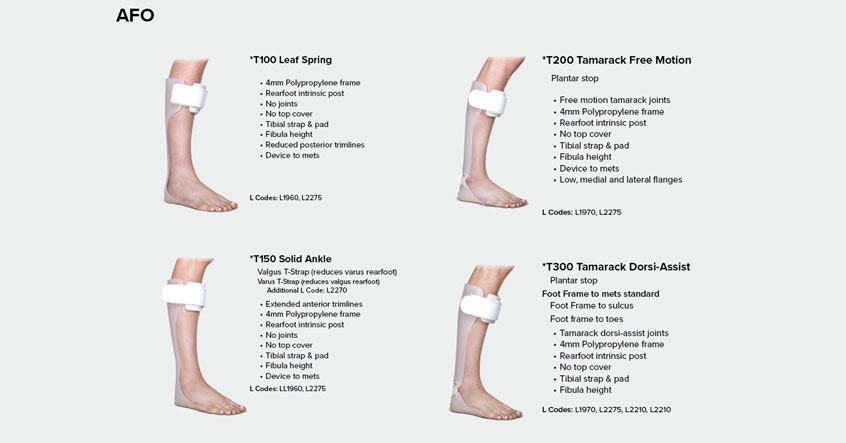Part 1 of this series presented some issues to address with regards to OTC and custom fitted orthosis. Part 2 will continue with more information on other issues and choices to be made when it comes to custom fabricated AFO.

Before pursuing custom fabricated AFO, one must remember that if the patient has received any type of AFO in the past five years for that extremity, whether prefabricated, custom fitted or custom fabricated, a new device may not automatically be covered. This is often referred to as the Same or Similar policy.
Same or Similar policy stipulates that with rare exception will Medicare pay for an additional AFO of any type, for a five-year period from the date of dispensing of the currently use AFO. The rare exceptions include the following two categories:
A change in the patient’s diagnosis or condition, or an irreparable loss of the device (lost, stolen or damaged due to a one-time incident).
Think of the Same or Similar issue as a 5-year post-operative global period. In that light one can begin to have a knowledgeable discussion of how to properly appeal a Same or Similar claim rejection.
In reviewing the patient’s history with the retired podiatrist, it was clear the patient previously sustained a drop foot due to an acute incident and that there was no change in their diagnosis. However, what was clear was that the patient after a lengthy rehabilitation period, have some restoration of their dorsiflexion ability even against some mild resistance. They had previously been placed in a solid AFO and it sounded as though it was time to give a hinged AFO with some dorsiflexion assist and plantarflexion resist a try. This would qualify as a change in the patient’s condition and thus qualify as a work around to the Same or Similar policy.
In this short history, one can now understand that for custom AFO, one should not be looking initially at brand names, but for the components of what may be required. In the case of the hinges, there are a myriad of questions that only the clinician examining the patient can answer. What type of dorsiflex-hinge plantarflex hinge is appropriate? Is it a Tamarack hinge with pre-loaded activity or one of the newer adjustable hinges? Let’s not forget the patient’s height and weight and the strength tolerance of the hinges, which together will determine the lever arm length one wants to create with the uprights.
Stay tuned for Part 3 which will discuss some more features of custom AFO design






